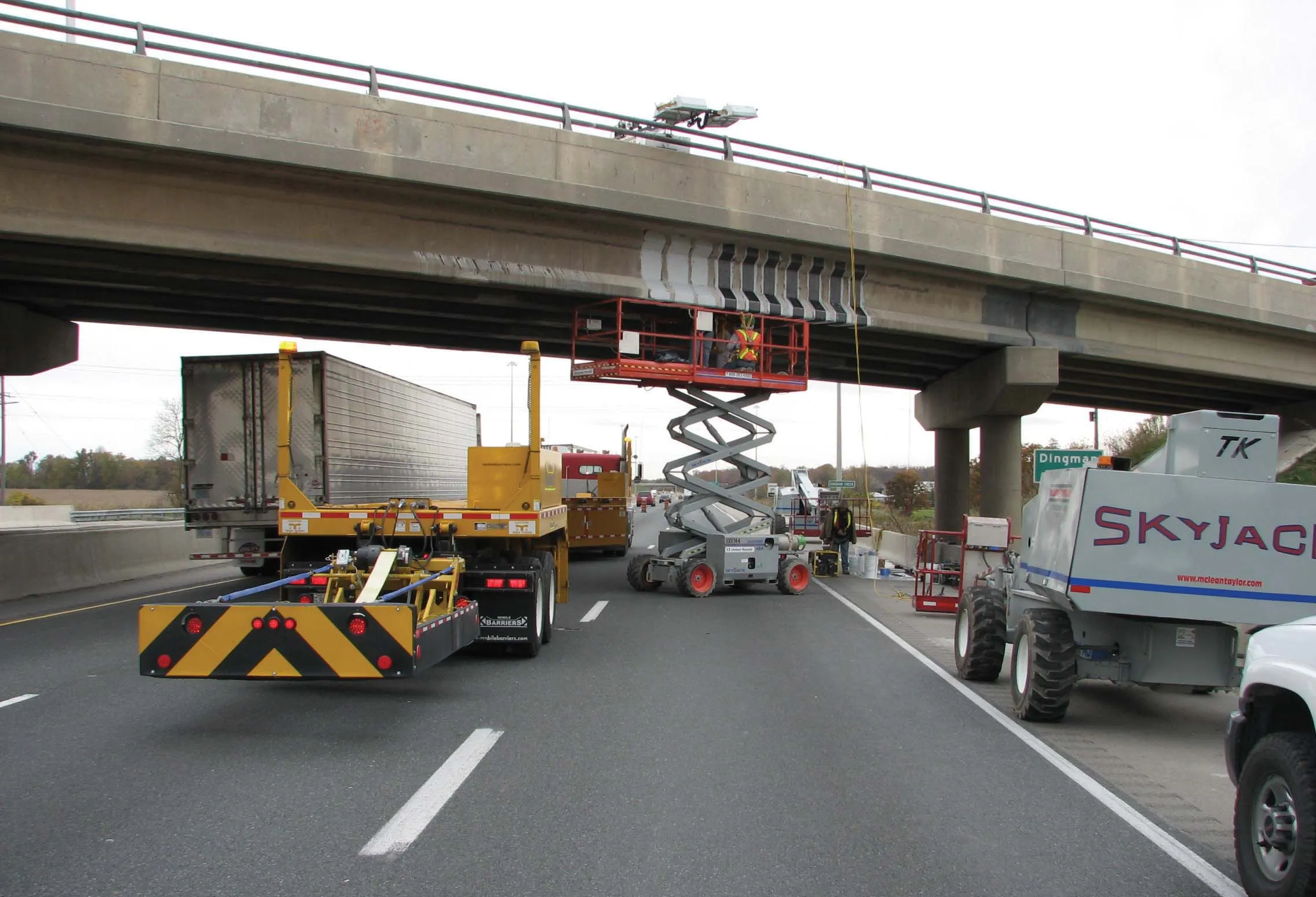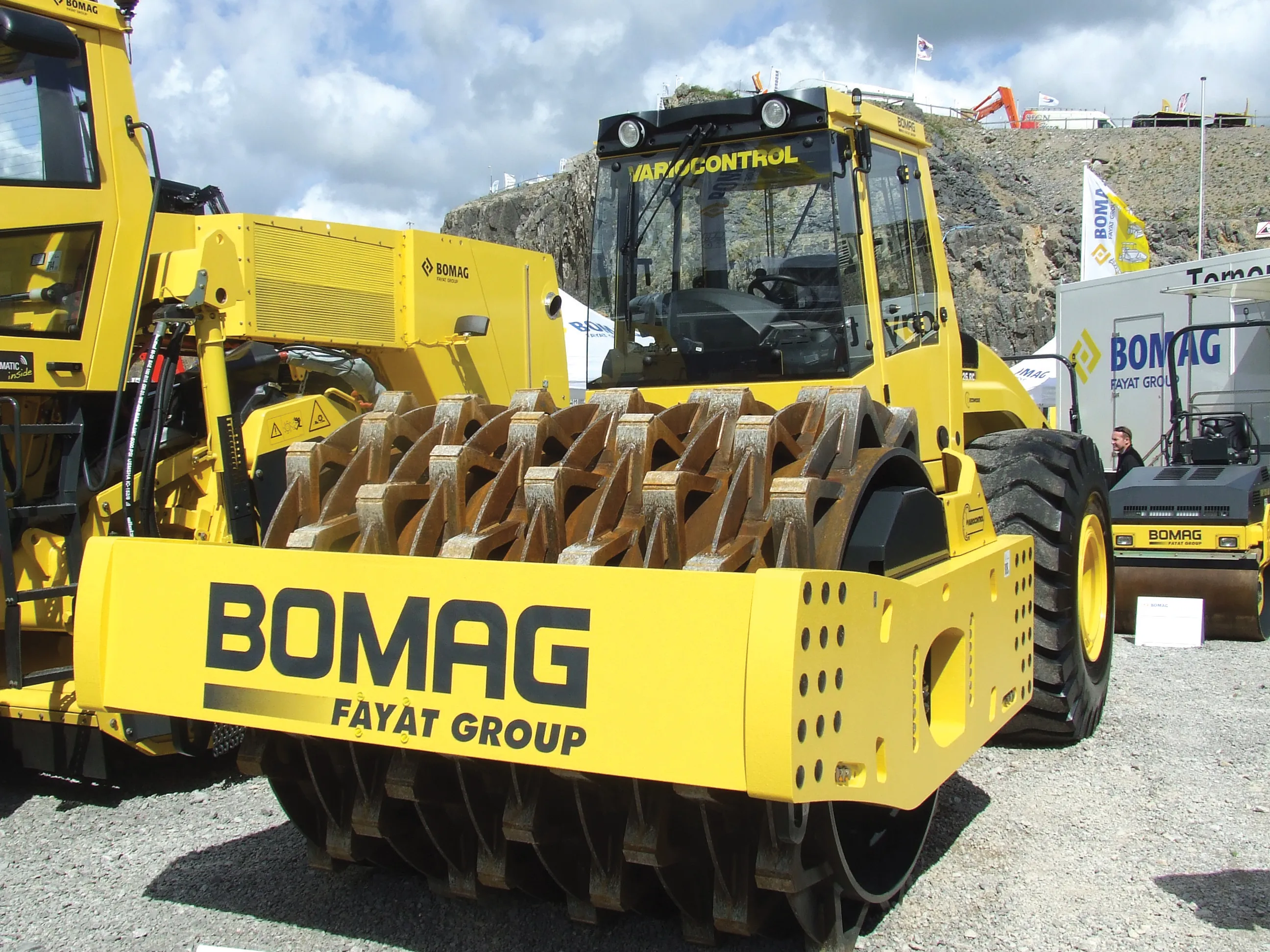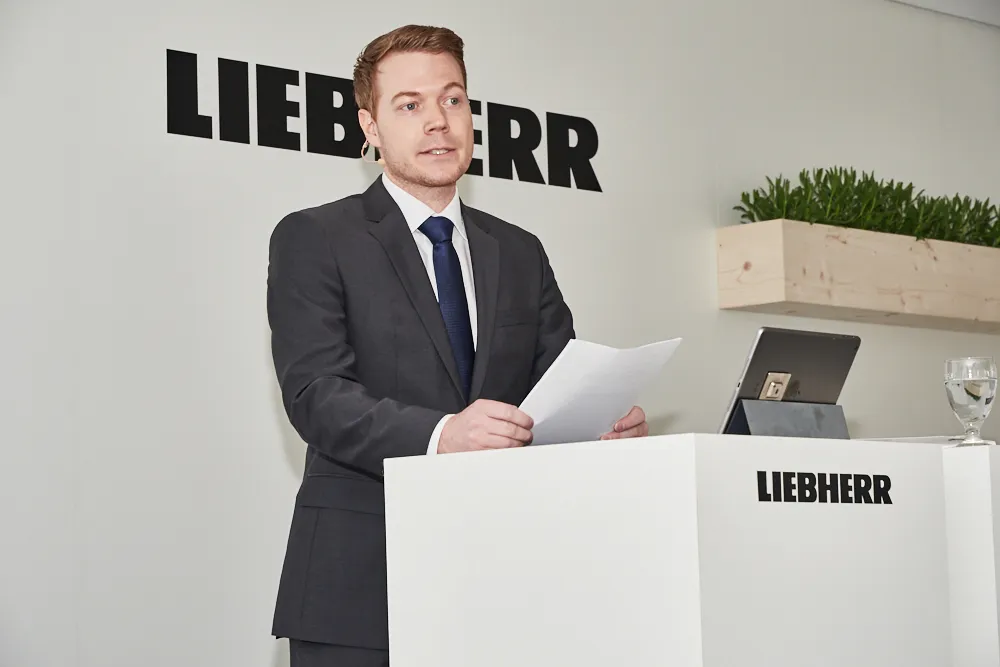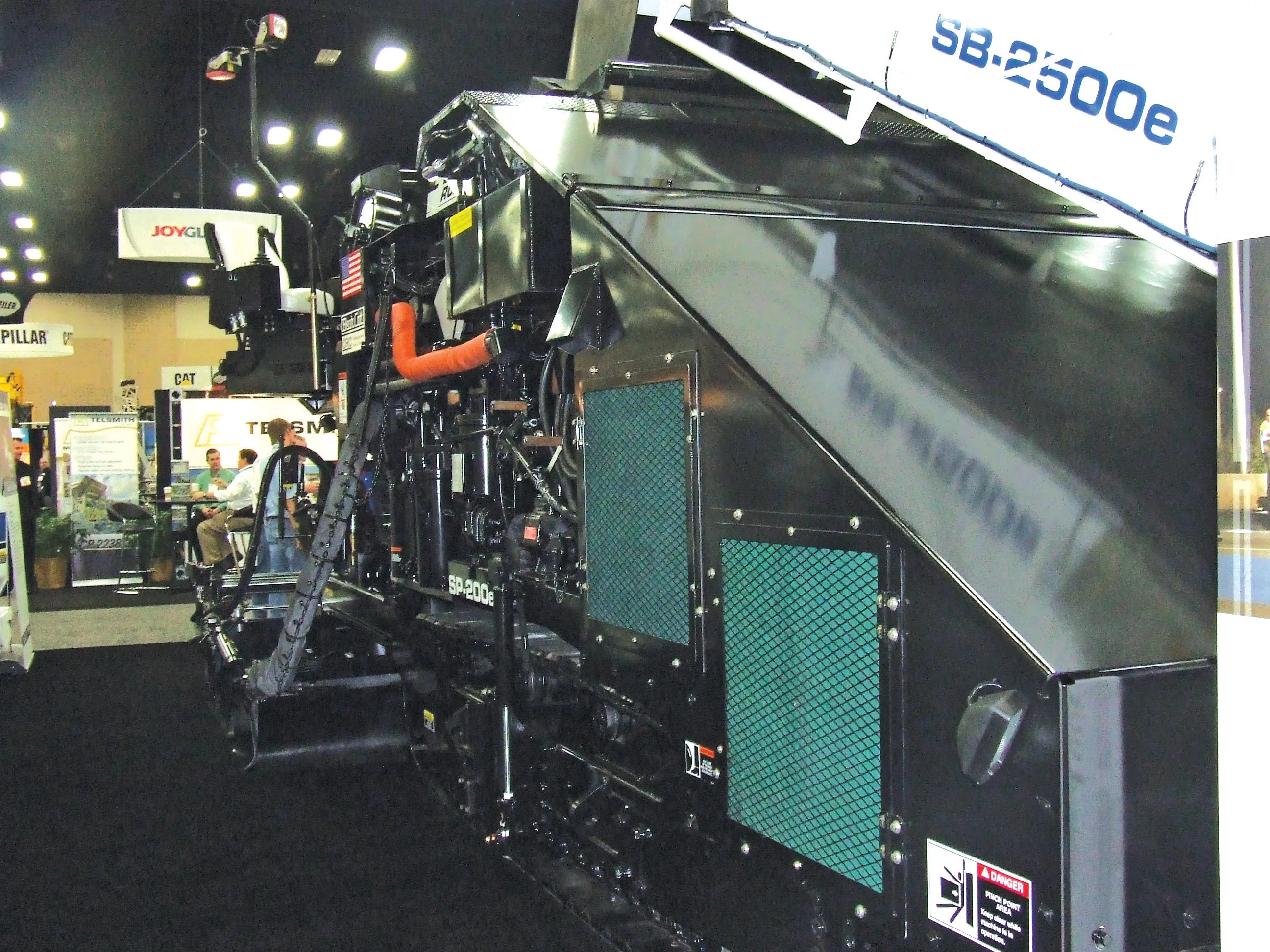Barin is supplying a new underbridge inspection platform to a Canadian customer, as well as a unit to a firm in Russia. The ABC190/L for Canada is the first machine Barin has supplied to the country and the customer is rental company Jenik Construction, based in St Mathieu de Veloil. The platform is mounted on a five axle Freightliner M2-112 truck chassis and can operate from a single lane of traffic. It offers a bridge barrier clearance of 4.4m, a pavement/sidewalk clearance of 4.4m and a horizontal underb
July 2, 2012
Read time: 2 mins
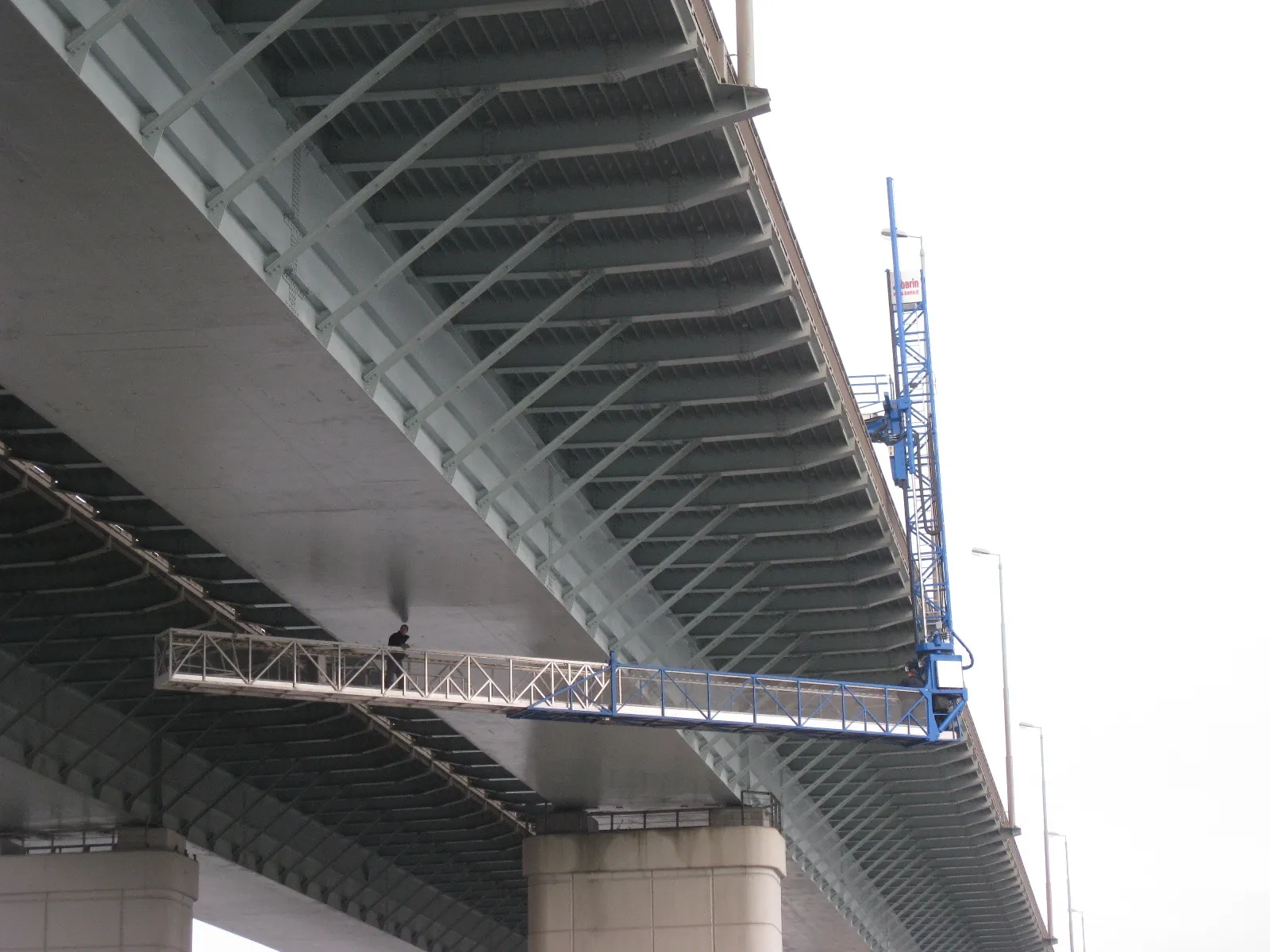
The Russian unit is an ABC200/L model and was bought by Uralmostotroj based in Perm and will be used to maintain the Kama Bridge. The 500kg capacity platform is mounted on a 6x4


